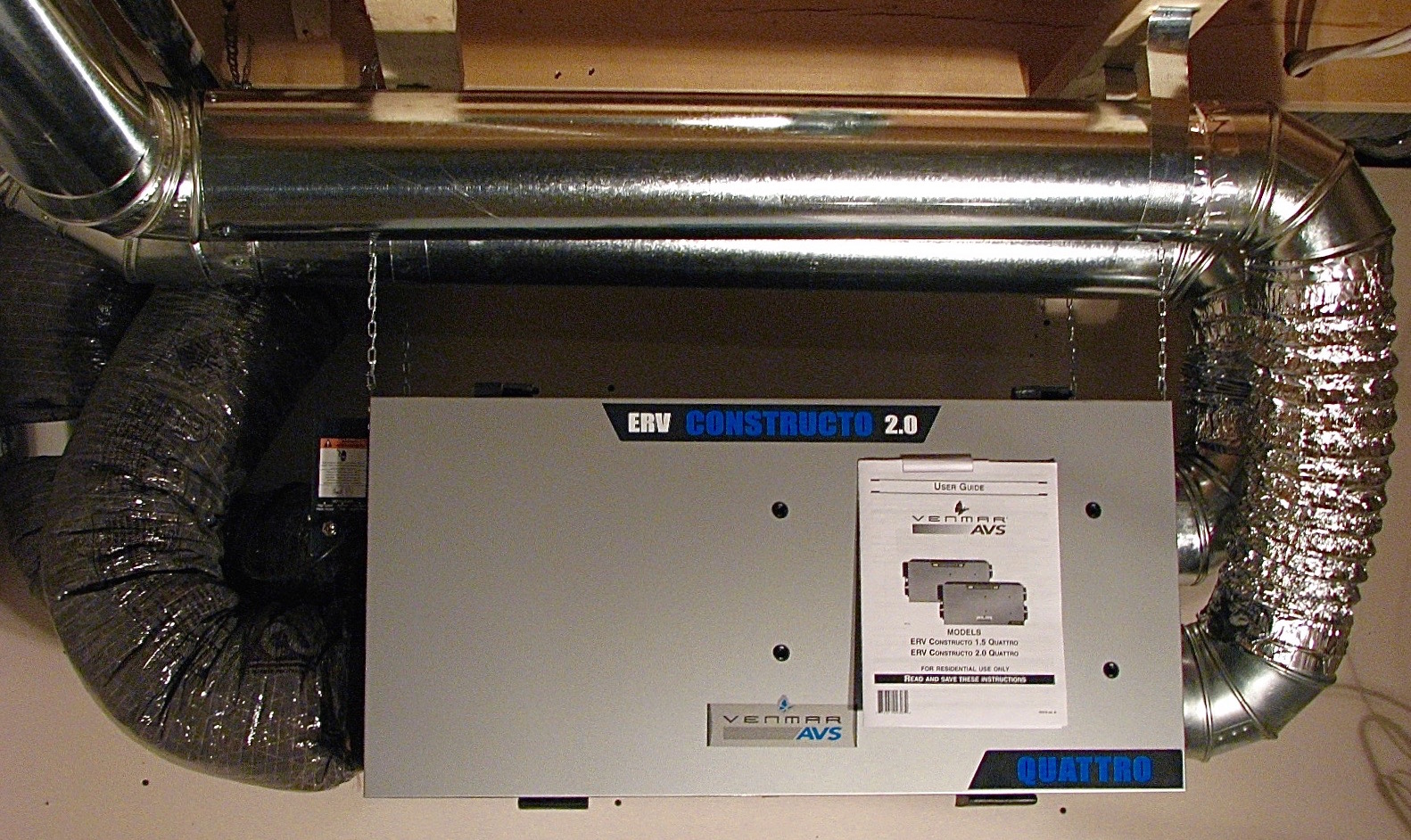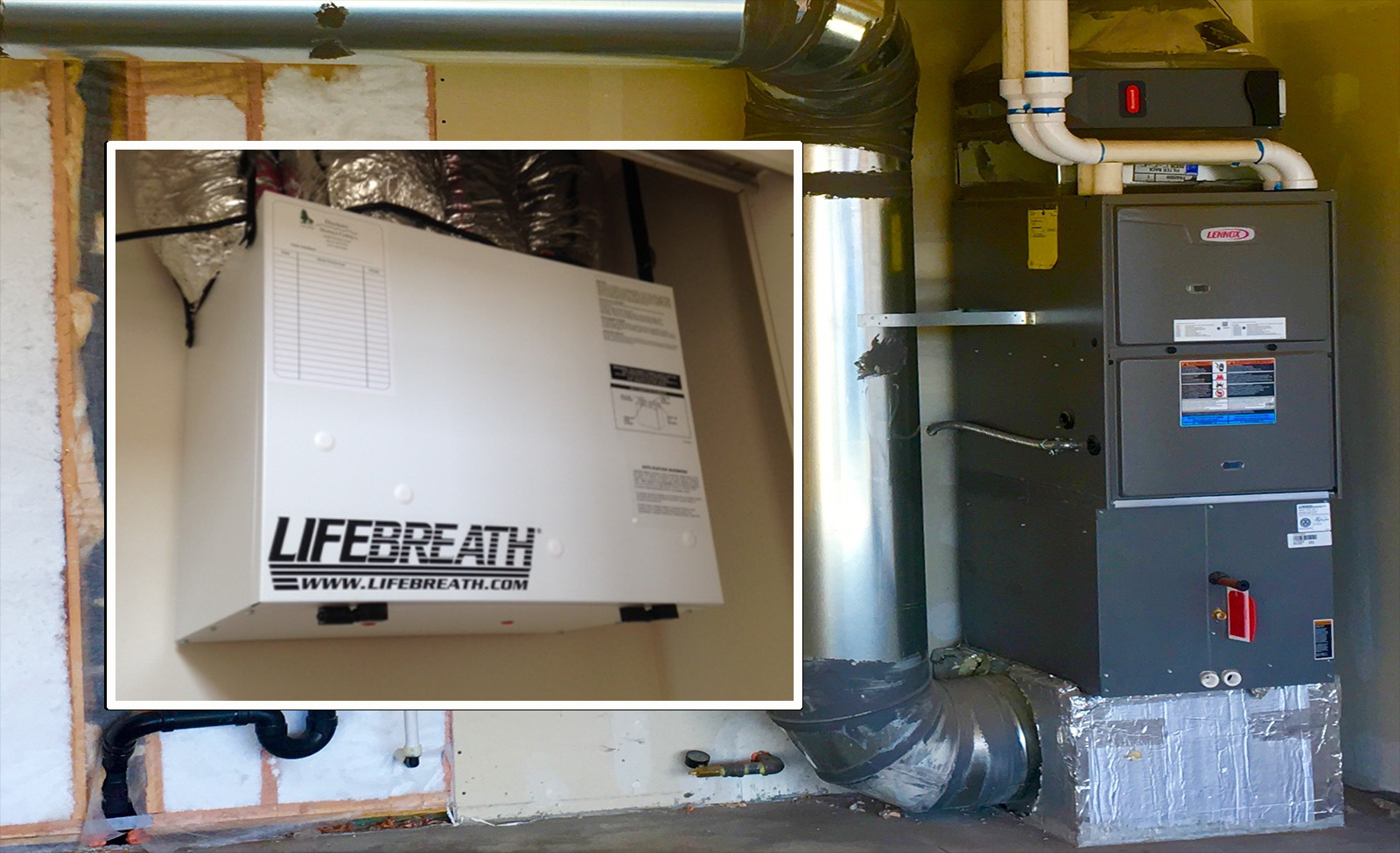Practical Tips to Maximize HRV Performance
Wiki Article
The All-Inclusive Guide to the Uses of Heat Recovery Ventilation in Modern Structures
Heat Recovery Ventilation (HRV) systems represent a substantial improvement in building modern technology (HRV Heat Recovery Ventilation). They supply a method for trading stale interior air with fresh exterior air while lessening energy loss. This technique not only improves indoor air high quality yet also adds to power effectiveness in both residential and industrial structures. Comprehending the numerous applications and advantages of HRV can expose its critical function in modern-day style and sustainability initiatives. The effects of this modern technology are worth discovering furtherRecognizing Heat Recovery Ventilation Solutions

Although many modern-day structures prioritize power efficiency, understanding heat healing air flow (HRV) systems is vital for optimizing interior air quality and minimizing power consumption. HRV systems work by moving heat from stagnant indoor air to incoming fresh air, successfully maintaining comfortable indoor temperature levels while minimizing energy loss. These systems include a warm exchanger, followers, and ductwork that promote the blood circulation of air. During winter season, HRV systems capture and recycle warmth from the outgoing air, while in summer, they can aid cool down inbound air. By continually trading air, HRV systems likewise decrease humidity and the concentration of indoor toxins. Correct installment and upkeep of HRV systems are necessary for their performance and efficiency in improving overall building efficiency and convenience.
Benefits of Heat Recovery Ventilation
Heat recovery ventilation systems provide countless advantages that improve both energy performance and indoor air high quality in contemporary buildings. By recording and recycling energy from exhaust air, these systems significantly reduce cooling and heating costs, leading to reduced energy consumption. In addition, they preserve a stable circulation of fresh outside air, lessening the risk of interior air pollutants and irritants. This continual exchange helps regulate moisture levels, protecting against mold development and guaranteeing a healthier living setting. Additionally, HRV systems add to sustainability objectives by reducing overall carbon impacts. Their ability to maximize ventilation without compromising thermal comfort makes them a beneficial addition to modern building layout, promoting both financial and environmental advantages.Applications of HRV in Residential Buildings
As homeowners progressively prioritize power effectiveness and interior air quality, the applications of warmth recovery air flow (HRV) systems in residential buildings have actually become a lot more prevalent. HRV systems are especially beneficial in securely sealed homes, where maintaining fresh air circulation is crucial for protecting against wetness accumulation and interior pollutants. They effectively move heat from outward bound stale air to inbound fresh air, decreasing power expenses connected with cooling and heating. Furthermore, HRVs can improve convenience degrees by regulating moisture and temperature level. They are likewise versatile for various domestic designs, including single-family homes and multi-unit buildings. Overall, integrating HRV systems supports sustainable living practices while ensuring a healthier indoor environment for owners.HRV in Commercial and Commercial Setups
In business and commercial setups, the application of warm healing ventilation (HRV) systems has come to be significantly essential for optimizing power performance and keeping air high quality. These systems efficiently transfer heat from exhaust air to inbound fresh air, minimizing the demand for added home heating or cooling. This not navigate to these guys only lowers power costs but additionally adds to sustainability campaigns. Industries such as manufacturing, warehousing, and office complex benefit greatly from HRV systems, as they aid control temperature and moisture levels, ensuring a comfy and efficient environment. HRV systems aid in getting rid of contaminants and excess moisture, boosting indoor air top quality. As policies around air top quality end up being stricter, the adoption of HRV innovation is likely to expand, making it an important component of modern-day business and commercial infrastructure.Future Fads in Heat Recovery Ventilation Technology

Often Asked Concerns
How Does Heat Recovery Ventilation Impact Indoor Air Top Quality?
Heat recovery ventilation significantly enhances indoor air quality by continually trading stagnant indoor air with fresh outdoor air while recuperating power. This process decreases pollutants, maintains ideal moisture degrees, and ensures a healthier setting for owners.Can HRV Equipments Be Mounted in Existing Buildings?
HRV systems can certainly be installed in existing structures. Retrofitting might need modifications to ductwork and air flow designs, but it substantially improves energy efficiency and indoor air quality, making it a sensible choice for older structures.What Upkeep Is Required for HRV Systems?

Are There Particular Climates Where HRV Is Extra Reliable?
Heat recovery ventilation systems are especially efficient in climates with significant temperature level differences between seasons. These systems maximize power effectiveness by recuperating heat from exhaust air, making them ideal for both chilly and reasonably warm environments.How Do HRV Systems Affect Power Expenses?

Report this wiki page